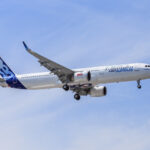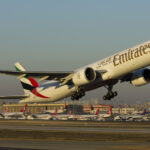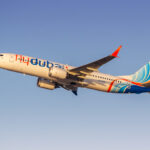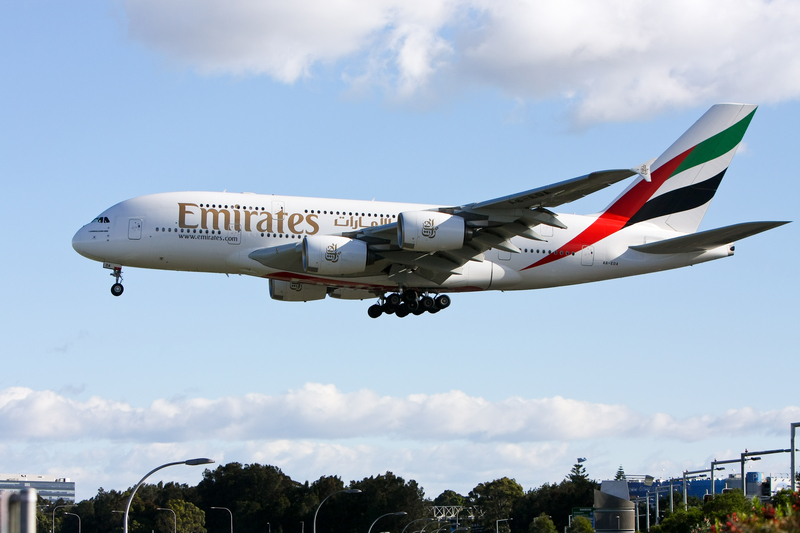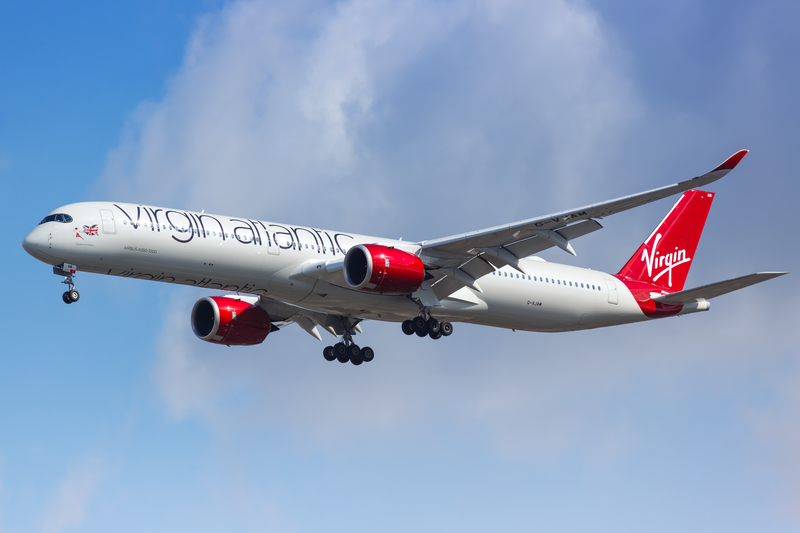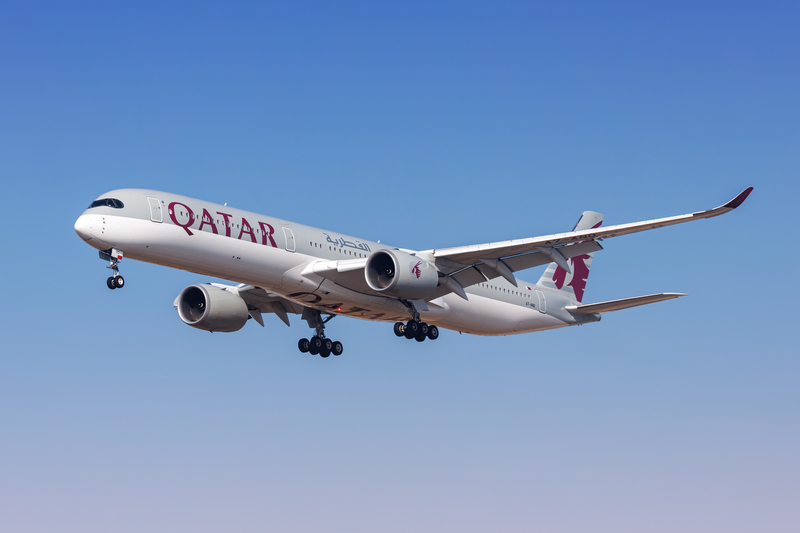flydubai Brings Back “Full Service” Basics: Free Meals & Entertainment For Every Economy Ticket
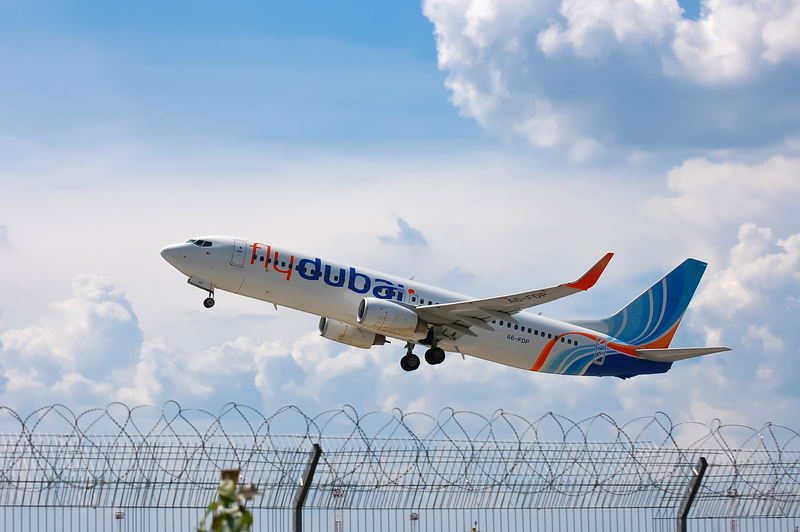
ID 39955816 © Anton Volynets | Dreamstime.com
Dubai’s hybrid carrier is turning the dial toward comfort. Starting November 2025, flydubai will include complimentary meals and in-flight entertainment for all Economy Class fares across its network—ending the patchwork approach where only some tickets or sectors included a free bite or screen time.
The move nudges flydubai further from the à-la-carte, ultra-low-cost model some travelers still associate with the brand, and closer to the seamless, value-forward experience Dubai aims to project as a global hub.
What’s changing on board
Today, meal service on flydubai varies by fare and route, and many passengers pay to unlock seatback IFE or streaming entertainment. From November 2025:
-
Every Economy passenger receives a complimentary meal tailored to flight length and time of day. Expect hot trays on longer sectors and enhanced cold meals or substantial snacks on shorter hops, with special-meal preorders still available.
-
IFE access becomes standard. On aircraft with seatback screens, the full catalog of films, series, moving maps, and kids’ content will be available without an access fee; on aircraft with wireless streaming, access will be free on passengers’ own devices.
Business Class—already positioned as a cut above typical 737 operators with wide recliners and, on select 737 MAX 8/9 frames, fully flat beds—remains unchanged, though it benefits from the same content and catering refresh.
Chief Executive Ghaith Al Ghaith called the shift “a significant evolution in our business model,” saying it was driven by customer feedback and the need to “deliver added value across every touchpoint.” Chief Commercial Officer Hamad Obaidalla framed it as a timely reset ahead of network and fleet growth, promising more competitive fares with more included.
Why flydubai is doing this now
Two big tailwinds make the decision logical:
1) Network maturation. flydubai’s map now stretches from Central and Eastern Europe to the Indian Subcontinent, East Africa, and Central Asia—many sectors three to six hours long where passengers expect a meal and screen time as table stakes. As Dubai International (DXB) pushes for smoother “one-stop to everywhere” connectivity, a consistent onboard baseline matters.
2) Fleet evolution. The airline’s all-Boeing 737 fleet—NGs and MAXs—already carries seatback IFE on a large subset of frames and streaming on others. With 787s due later in the decade, flydubai is preparing for longer missions where a free hot meal and entertainment are hygiene factors rather than upsells.
The change also tightens the embrace with sister-carrier Emirates. Although the two remain distinct brands, they share a deep codeshare and schedule coordination at DXB. Aligning the “minimum experience” reduces friction on mixed itineraries (for instance, Muscat–Dubai on flydubai connecting to Dubai–Europe on Emirates), where mismatched expectations can sour the trip.
Competitive context
Regionally, the Gulf spans everything from premium giants (Emirates, Qatar Airways, Etihad) to no-frills challengers (Air Arabia, flyadeal, Jazeera). flydubai has always sat in the middle—lean cost base and narrowbodies, but with frills available. Baking meals and IFE into the fare repositions the brand as value full service rather than à-la-carte low cost, while still undercutting legacy widebody fares on many city pairs.
For leisure routes—think Zanzibar, the Caucasus, the Balkans, the Subcontinent—this should widen appeal to families and infrequent flyers who value simplicity over micro-fees. For corporate travelers on shorter regional hops, it standardizes expectations and makes policy approvals easier.
Will fares go up?
Don’t be surprised by some fine-tuning, especially on longer flights where the catering uplift is more substantial. But flydubai’s leadership is signaling that the airline intends to compete harder rather than simply re-price. The carrier’s scale, efficient 737 operations, and Dubai’s connectivity advantages give it room to bundle essentials without breaking the fare curve—particularly against ULCCs that have crept pricing upward with fees.
Practical details to watch
-
Rollout cadence. The policy is network-wide from November, but specific menu uplifts may phase in as caterers update stations. Expect the most polished offering first at larger outstations and DXB.
-
IFE consistency. Not every 737 has identical hardware. Where seatback screens exist, access will be free; where streaming is the only option, pack headphones and a charged device. (Wi-Fi, where offered, typically remains paid.)
-
Special meals & buy-ons. Complimentary catering doesn’t end ancillary revenue. Pre-order upgrades, buy-on-board snacks, and premium beverages will continue—just layered on top of an included baseline.
Bottom Line
If you’ve avoided flydubai on multi-hour routes because you didn’t want to nickel-and-dime onboard, this change removes a big barrier. It also tightens the product handshake with Emirates for smoother DXB connections—useful as both carriers keep expanding into secondary European cities, East Africa, and South Asia.
In short: from November 2025, you’ll board a flydubai Economy cabin knowing a meal and entertainment are part of the deal. For a carrier that many still mislabel as “low cost,” that’s a meaningful reset—and a welcome one for anyone who just wants to book, sit down, and fly.
